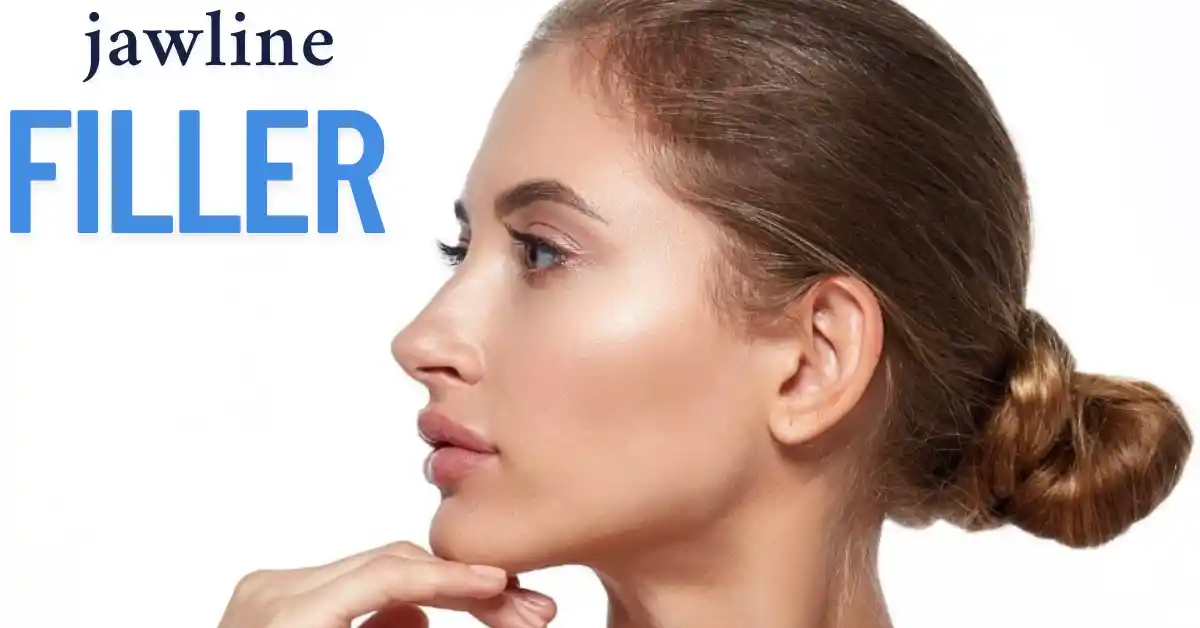Understanding Jawline Fillers
In the world of modern aesthetics, non-surgical treatments have gained significant traction for their ability to deliver impressive results without the downtime associated with traditional surgery. One of the most sought-after treatments today is jawline filler, a non-invasive way to sculpt, define, and rejuvenate the lower face. If you’ve ever searched for “jawline filler near me,” you’re not alone. Patients across the globe are turning to dermal fillers to enhance their facial contours, and with advances in medical aesthetics, it’s easier than ever to find a qualified provider nearby.
This comprehensive guide explores everything you need to know about jawline fillers, from their benefits and the types of procedures available to how to choose a qualified provider, prepare for treatment, and manage recovery. Whether you’re new to facial fillers or seeking to refine your look, this article offers expert insights to help you make an informed decision. Learn more about this.
Benefits of Jawline Filler
Jawline filler treatments offer a range of benefits for individuals looking to improve their facial profile and restore youthful contours. Here are the key advantages:
Enhanced Definition
Filler adds volume and structure to the jawline, helping to create a more chiseled and defined appearance. This is especially beneficial for individuals with a weaker jawline or those experiencing age-related volume loss.
Non-Surgical and Minimally Invasive
Unlike surgical jawline implants or facelifts, fillers are injected into the skin with minimal discomfort and no need for incisions or anesthesia.
Immediate Results
Patients typically see results immediately after the procedure, with further refinement occurring over the next few days as swelling subsides.
Minimal Downtime
Most individuals return to normal activities shortly after treatment. Any side effects, such as mild swelling or bruising, are usually short-lived.
Customizable Treatment
Fillers can be tailored to each individual’s facial structure and aesthetic goals, offering a highly personalized approach to enhancement.
Types of Dermal Fillers Used for the Jawline
A variety of dermal fillers can be used to contour the jawline. The choice depends on the patient’s anatomy, goals, and the provider’s expertise.
Hyaluronic Acid (HA) Fillers
These are the most commonly used fillers for jawline enhancement. Brands such as Juvederm Voluma and Restylane Lyft are popular for their smooth consistency and reversible nature.
Calcium Hydroxylapatite (CaHA)
Radiesse is a CaHA-based filler that offers both volume and collagen stimulation. It provides a firmer result, making it ideal for creating structural definition.
Poly-L-lactic Acid (PLLA)
Sculptra works by stimulating collagen production over time. While not ideal for immediate contouring, it can enhance jawline definition with repeated treatments.
Choosing the Right Provider for Jawline Filler
Finding the right expert is critical to achieving safe and satisfactory results. When searching for “jawline filler near me,” consider the following factors:
Credentials and Certification
Ensure the provider is a board-certified dermatologist, plastic surgeon, or licensed aesthetic practitioner with specialized training in facial injectables.
Experience with Jawline Fillers
Not all injectors have the same level of experience. Look for professionals with a portfolio of before-and-after photos that showcase their jawline work.
Reputation and Reviews
Check online reviews, testimonials, and ratings on platforms like Google, Yelp, or RealSelf to assess patient satisfaction and clinic reputation.
Clinic Environment and Safety
The clinic should follow strict hygiene protocols and use only FDA-approved products. Ask about safety procedures and post-treatment care.
Preparation and Recovery
Preparing for Treatment
Avoid Blood Thinners: Patients should avoid aspirin, ibuprofen, and supplements like fish oil or vitamin E a few days before treatment to reduce bruising.
Limit Alcohol Intake: Alcohol can increase the risk of swelling and bruising.
Communicate Medical History: Inform your provider of any allergies, medical conditions, or medications you are taking.
During the Procedure
The provider will cleanse the treatment area and may apply a topical anesthetic.
Small amounts of filler are injected along the jawline using a needle or cannula.
The process typically takes 30 to 60 minutes.
Recovery and Aftercare
Swelling and Bruising: Mild swelling and bruising may occur but usually resolve within a few days.
Avoid Touching or Massaging: Do not manipulate the treated area for at least 24 hours.
Stay Upright: Keep your head elevated for a few hours post-treatment.
No Intense Exercise: Avoid strenuous physical activity for 24-48 hours.
Most patients see final results within one week, and the effects typically last 12 to 18 months depending on the type of filler used.

Final Thoughts
Jawline filler is a transformative, non-surgical option for enhancing facial contours and achieving a more sculpted, youthful look. Whether you’re addressing age-related volume loss or simply want a more defined jaw, this minimally invasive procedure offers impressive, natural-looking results with minimal downtime.
Find More: Acne Scar Removal Near Me for Clear Skin in Naperville





